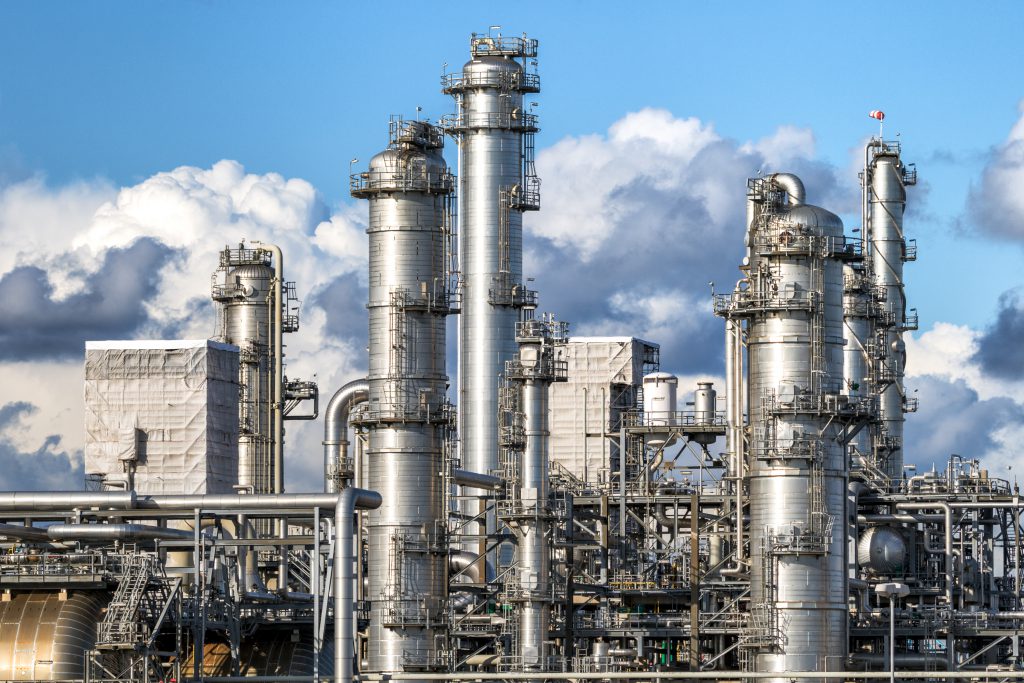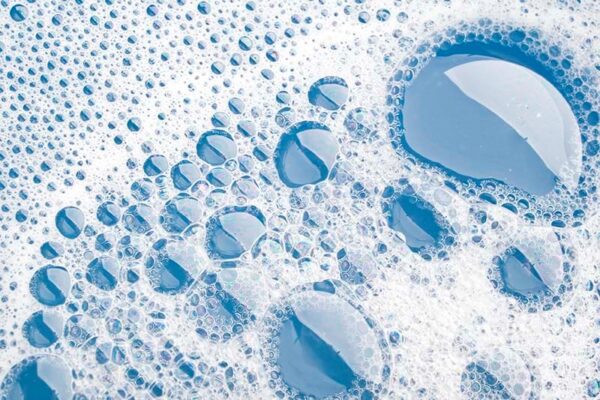فهرست محتوا
Understanding the Use of Antifoam and Its Importance in Various Industries
Antifoam or defoamer is a chemical substance used to reduce or prevent foam formation in various industrial processes. It is widely used in industries such as chemical, food, pharmaceutical, oil and gas, refineries, and many other industrial processes. In this article, we will explore the various applications of antifoam, its importance in production processes, and how to choose the right defoamer for different industries.

1. What is Antifoam?
Antifoams are generally compounds used to prevent foam formation in liquids or eliminate excess foam in a process. Foam in industrial processes can cause issues such as reduced efficiency, pressure drops, decreased transfer capacity, and damage to production equipment. These problems can lead to lower product quality and increased production costs.
Antifoams are typically made from various compounds such as silicone, natural oils, esters, and organic materials. The choice of antifoam depends on the specific needs of each industry, the type of process, and the characteristics of the foam formed.
2. Why Are Antifoams Essential in Different Industries?
Foam is considered a major issue in many industrial processes. This problem can arise in many sectors such as chemical, food, pharmaceutical, oil and gas, and refineries. Below are some key reasons why using antifoams is essential:
- Reduced Productivity: The presence of foam in industrial processes can reduce production speed. Foam can disrupt fluid flow and slow down material transfer.
- Pressure Drop and Reduced Transfer Capacity: In pipelines and process tanks, excess foam can cause pressure drops and reduced transfer capacity. This may lead to production halts or slowdowns.
- Equipment Damage: In processes with heavy foam production, industrial equipment such as pumps and heat exchangers may come under stress and get damaged.
- Lower Final Product Quality: In industries like food and pharmaceuticals, excess foam can affect final product quality, potentially causing issues such as changes in taste, color, or texture.

3. Types of Antifoams
Antifoams can generally be divided into two main categories: Silicone-based antifoams and Non-silicone antifoams. Each type has its own features and specific applications:
- Silicone-based Antifoams: These are typically made from silicone compounds like polydimethylsiloxane (PDMS). Silicone-based antifoams are highly effective in industries such as chemical, oil and gas, and refineries due to their hydrophobic properties and high thermal stability.
- Non-silicone Antifoams: These are made from organic compounds like vegetable oils, esters, polyethylene glycol (PEG), and others. Non-silicone antifoams are preferred in more sensitive industries such as food, pharmaceuticals, and coatings due to the absence of silicone, which could cause issues like spotting or interference with active compounds.
4. Applications of Antifoam in Different Industries
In this section, we’ll look at some of the major industries using antifoams and the benefits of these substances in each:
- Food Industry: In the food industry, foam control is crucial due to its impact on product quality and process safety. In processes like pasteurization, beverage production, and dairy processing, antifoams help maintain the quality of the final product. Non-silicone antifoams are preferred in this sector due to better compliance with health and safety regulations.
- Pharmaceutical Industry: In pharmaceuticals, antifoams are used in processes like the production of liquid drugs, capsules, and syrups. Preventing foam formation helps maintain drug quality and avoids interference with active ingredients. Non-silicone antifoams are favored due to their compatibility with pharmaceutical standards.
- Chemical Industry: Antifoams are used in many chemical processes such as resin, polymer, and paint production to prevent excess foam. These industries often use silicone-based antifoams because they perform well at high temperatures and pressures, quickly eliminating foam.
- Oil and Gas Industry: In oil and gas, antifoams are used to prevent foam during drilling, extraction, and refining processes. Foam can disrupt fluid flow and reduce equipment efficiency, making antifoam use essential for productivity and equipment protection.

- Paint and Coating Industry: In paint and coating production processes, antifoams help prevent foam formation and improve final product quality. This enhances uniformity and stability of paints and coatings. Choosing non-silicone defoamers can reduce spotting and surface property interference.
5. How to Choose the Right Antifoam
Choosing the right antifoam depends on the industrial process, foam characteristics, operating conditions, and final product type. Here are some key factors:
- Type of Process: Depending on whether your process involves high temperatures, high pressures, or specific chemical conditions, you should use the appropriate antifoam. For example, in high-temperature processes, silicone-based antifoams are more effective.
- Foam Characteristics: The type and characteristics of foam (like bubble size and foam stability) should be considered when selecting the right defoamer. Some antifoams are better for stable, long-lasting foams, while others are optimized for temporary, low-volume foam.
- Health Regulations: In food and pharmaceutical industries, choosing defoamers that comply with health regulations is especially important. Non-silicone antifoams are usually used in these sectors.
- Cost: Besides performance, the cost of antifoams should be considered. Silicone-based antifoams usually have higher costs but are more economical in many industries due to their better performance under tough conditions.
6. Conclusion
Antifoams or defoamers are essential substances in many industries that help prevent foam formation and improve production processes. Choosing the right type of antifoam is critical based on the specific needs of each industry and process. Silicone-based antifoams are suitable for heavy and complex industries like chemical, oil, and gas, while non-silicone antifoams are preferred in more sensitive sectors like food and pharmaceuticals. Using antifoams not only improves final product quality but also helps maintain production efficiency and reduce costs.

